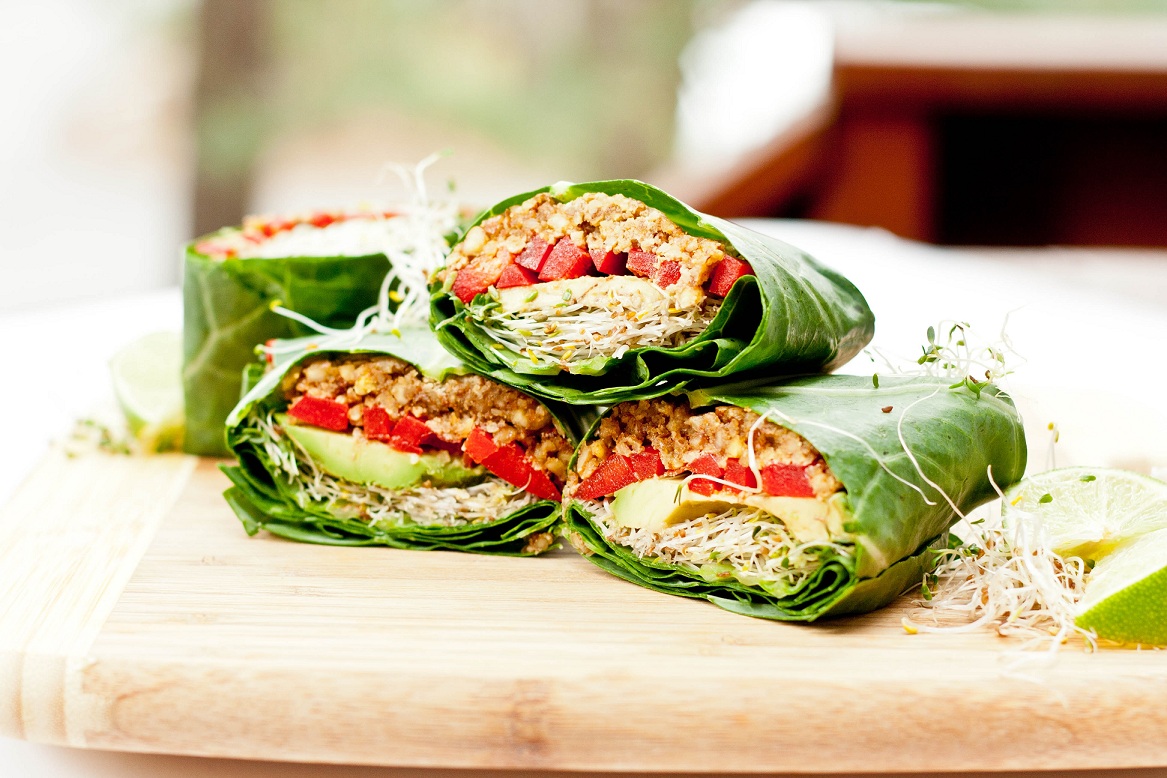 Easy Vegan Basics
Easy Vegan Basics
With just a little know-how you can adapt many familiar dishes with ease so that they are suitable not only for meat-eaters and vegetarians but vegans as well.
Soup, gravy and sauces
The soups listed here are just a few of the many that can be made suitable for vegans.
Stock: The common stumbling-block for soups, gravies and sauces is the stock. The solution is to replace meat stock with vegetable stock which you have checked is vegan. It can be used in any soup, gravy or sauce.
Oil: Vegetable oil should be used. Cream: If you want a creamy texture use soya cream, soya milk or coconut milk.
Meat/fish: If a soup contains a small amount of meat or fish, simply leave it out.
Pastry
Pastry may contain animal fats or milk products. If you make your own use very cold vegan margarine in place of animal fats.
If you wish to glaze the pastry use soya milk in place of egg.
Pasta
Most pasta is egg-free and suitable for vegans. However a few of the more expensive pastas contain egg and these should be avoided.
Oils and margarines
Quite literally a sticking point, animal fats such as lard are not suitable for vegans. They are also high in saturated fats which are unhealthy. It is a positive move to replace animal fats with vegetable oils which, as a rule, are much lower in saturated fats. So, for example, do not serve roast potatoes cooked in animal fats. It is also easy to obtain vegan margarine to replace non-vegan margarine containing animal fats or milk products. Large catering tubs are available from Suma.
Soya milk
Where possible provide soya milk that is fortified with B12 and calcium. Use oat and rice milk where a soya-free alternative is required. Many children and adults are intolerant to cows’ milk or trying to cut down on saturated fat. If you offer soya milk and margarine that is vegan it will be suitable for them as well. Soya milk and margarine can be used in mashed potato and in almost any other dish where milk and/or margarine are required.
Baked beans
Most major brands of baked beans are suitable for vegans.
Vegetable stock cubes
Useful for so many dishes, these are a good addition to your store cupboard. Some contain milk and other non-vegan products so check first.
Vegan yogurt
This can be useful to give to a patient who has little appetite since it is nutritious and easy to eat and digest. It can also be served at breakfast with fruit or cereal.
Supermarkets
If you are in a rush to purchase soya milk or vegan margarine try your local supermarket because most have these items in stock. Soya milk is also available from many corner shops.
General tips on catering for vegans
Ensure that all staff understand the concept of veganism.
Ensure that vegan dishes are clearly marked on the menu.
Use different serving utensils for non-vegan and vegan foods.
Fry vegan food in vegetable oil that has not previously been used to cook animal products.
Avoid serving just the vegetables from a non-vegan meal.
Quorn and some other brands of veggie burgers and sausages contain egg and should not be served to those on a vegan diet.
Any dish that is predominantly made up of vegetables or fruit may contain fewer calories and the portion size should be increased accordingly.
Keep the lines of communication open! A quick consultation with your vegan patients can reassure them and help you ensure that their needs are being met.
source: http://www.vegansociety.com/healthcare/Catering-Guide/Easy-Vegan-Basics.aspx


